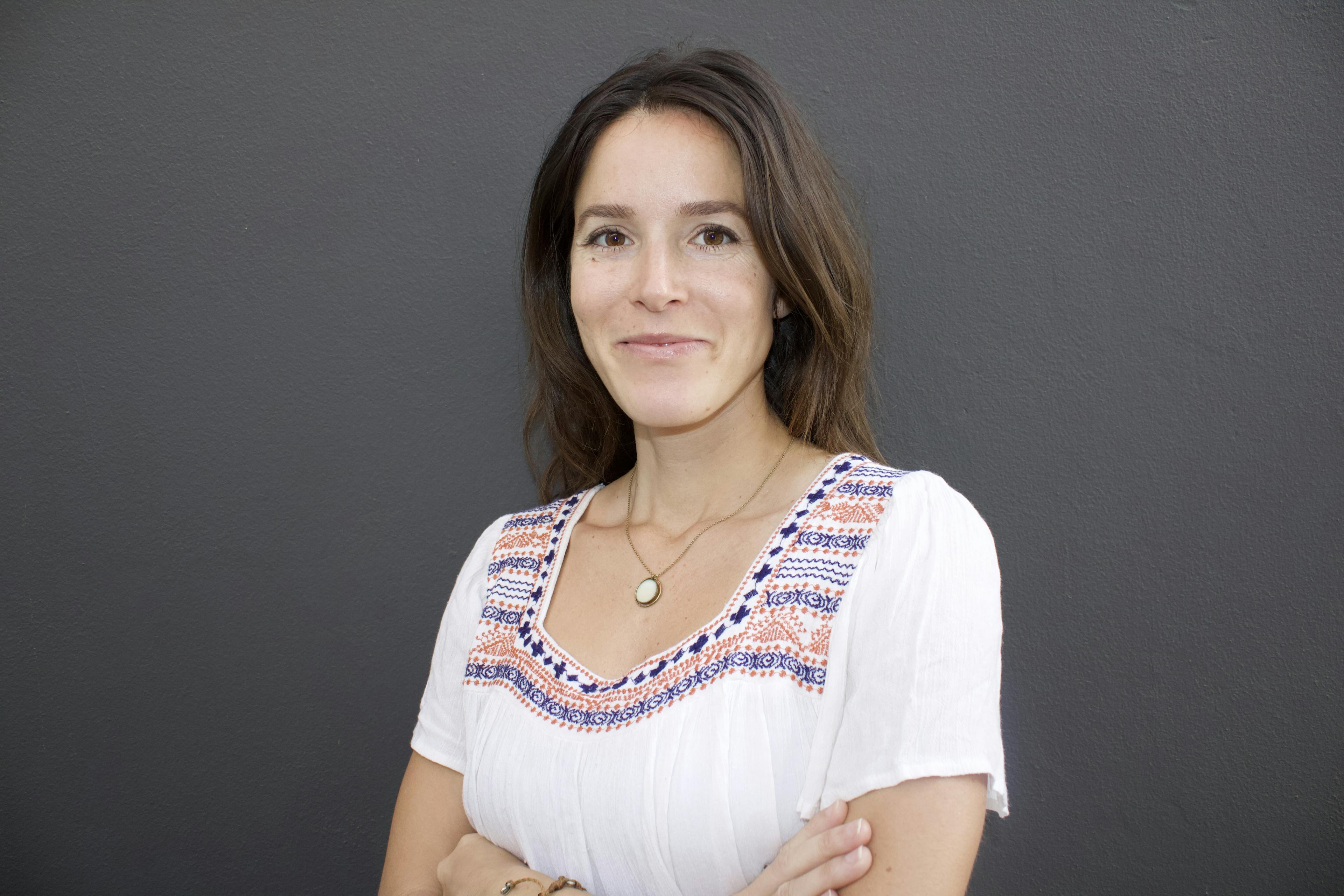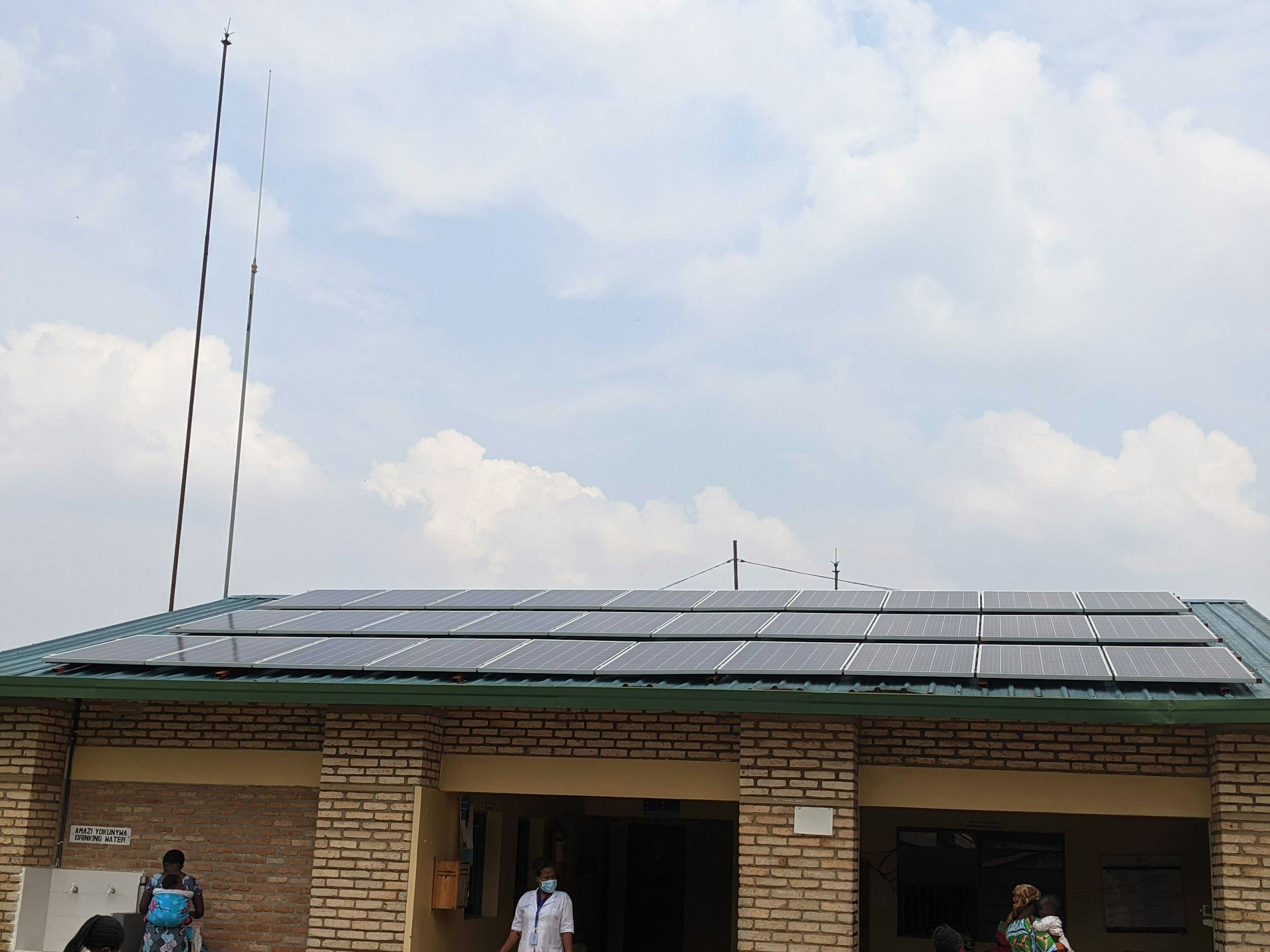We believe everyone deserves reliable infrastructure
Lack of stable infrastructure is unfairly holding back huge portions of the world’s population from running businesses, preparing food, and accessing safe and reliable healthcare.
We care deeply about bringing the benefits of modern systems, inclusive decision-making, and open information to everyone.
Founded at UC Berkeley,
now a global team
In 2017, nLine started in the Electrical Engineering department of University of California, Berkeley where Josh and Noah, two of our co-Founders received their PhDs, and Prabal, our third co-founder, is a faculty member. Since then, we’ve grown both in Berkeley and across the globe with a talented team of people.
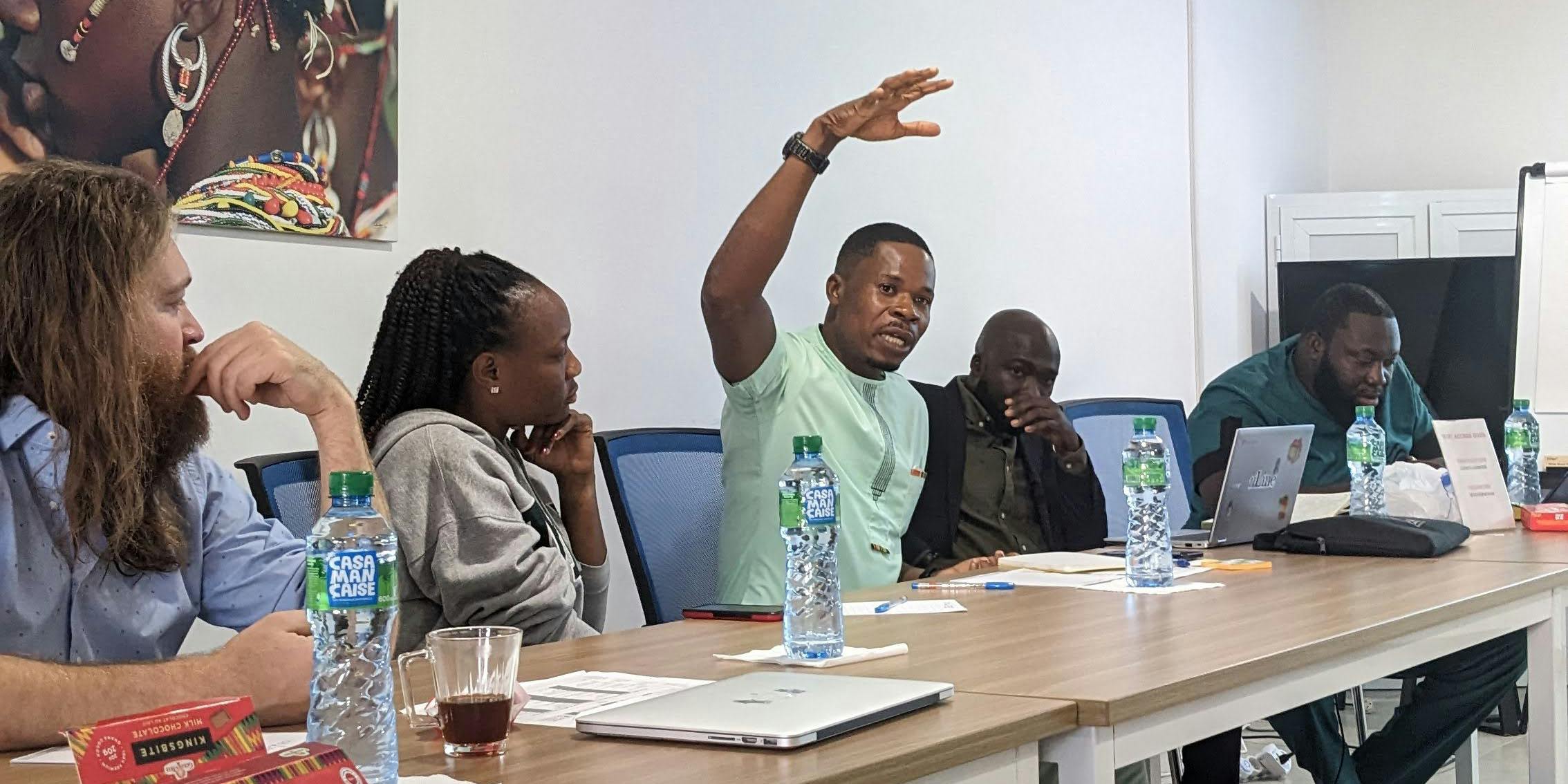

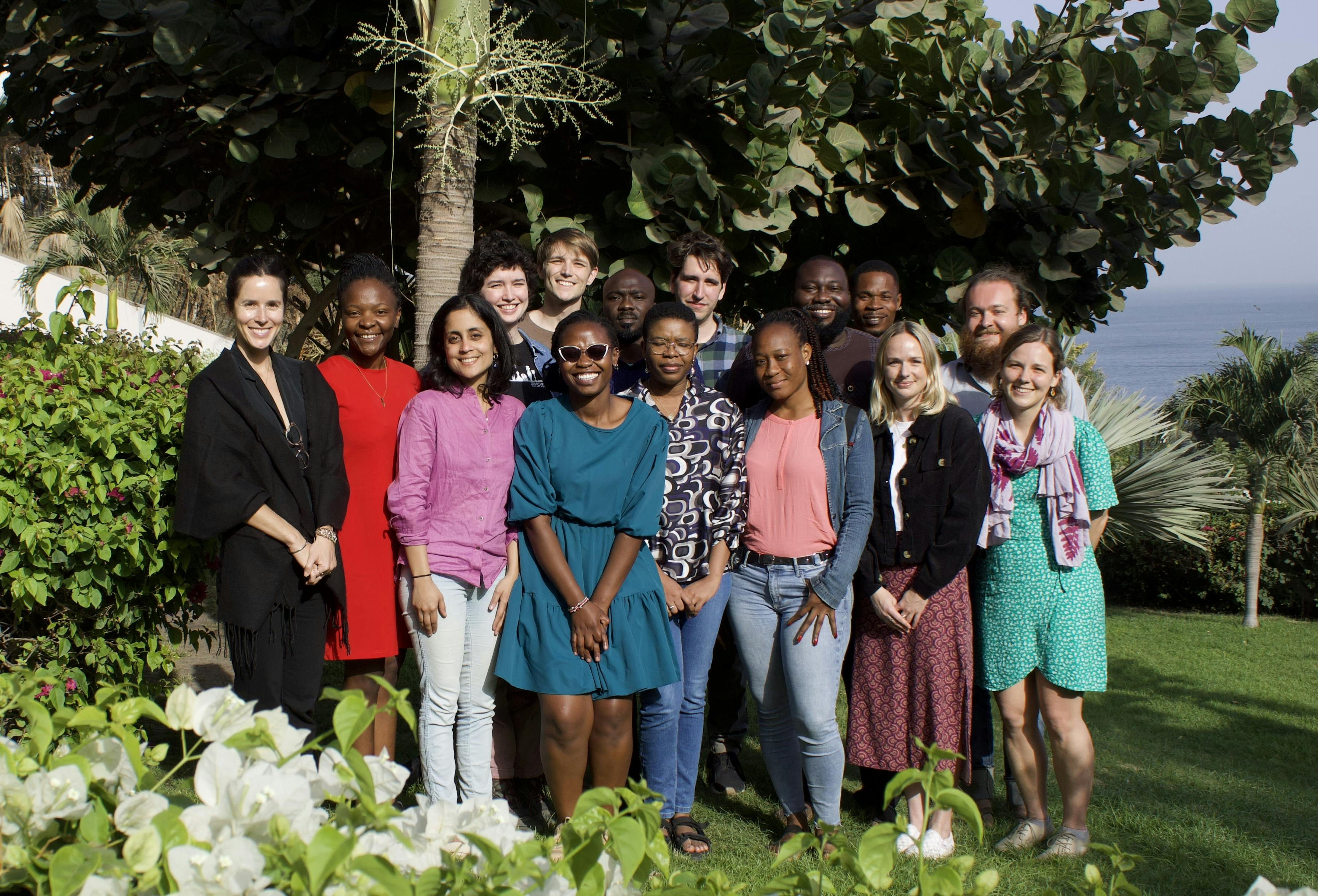
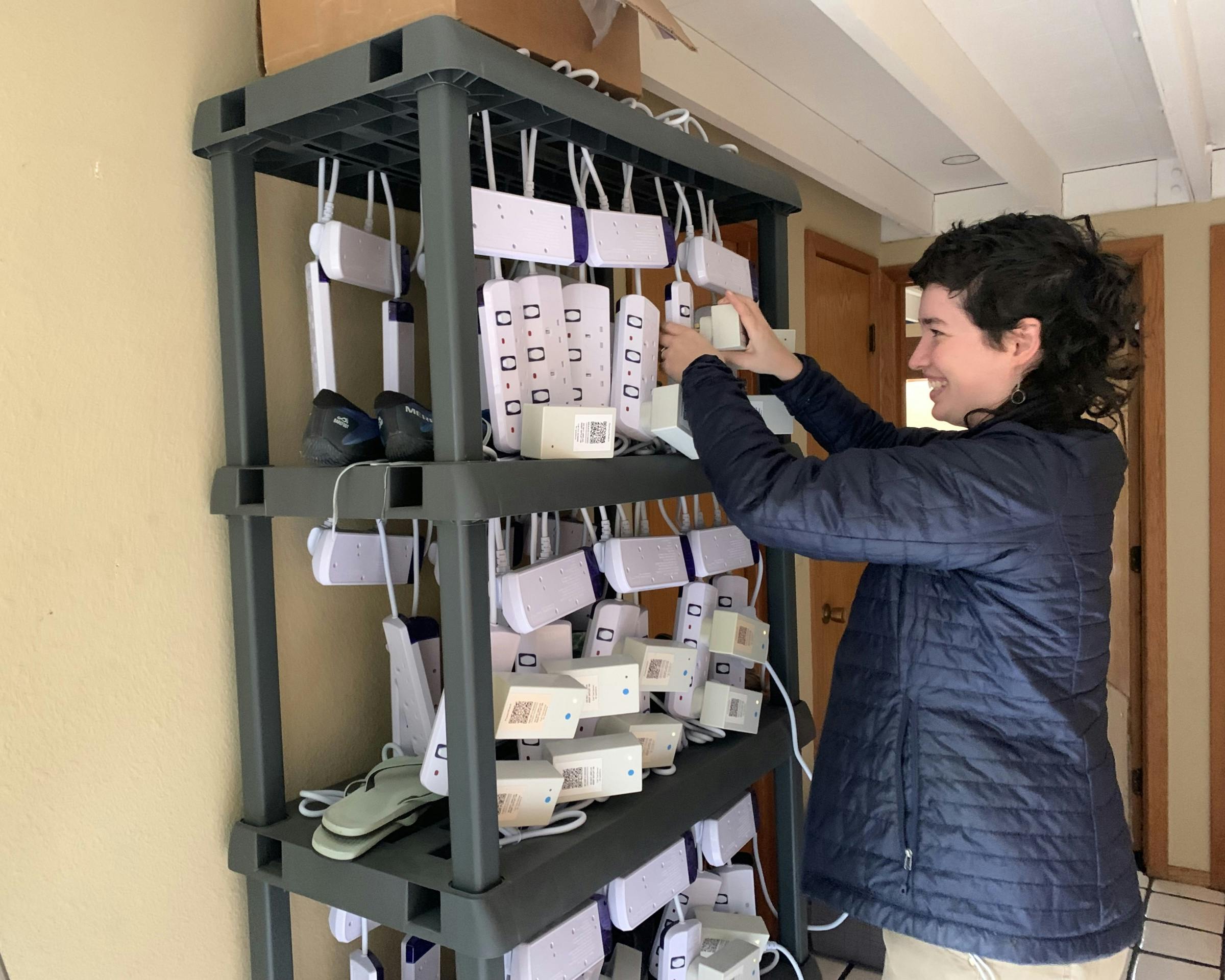
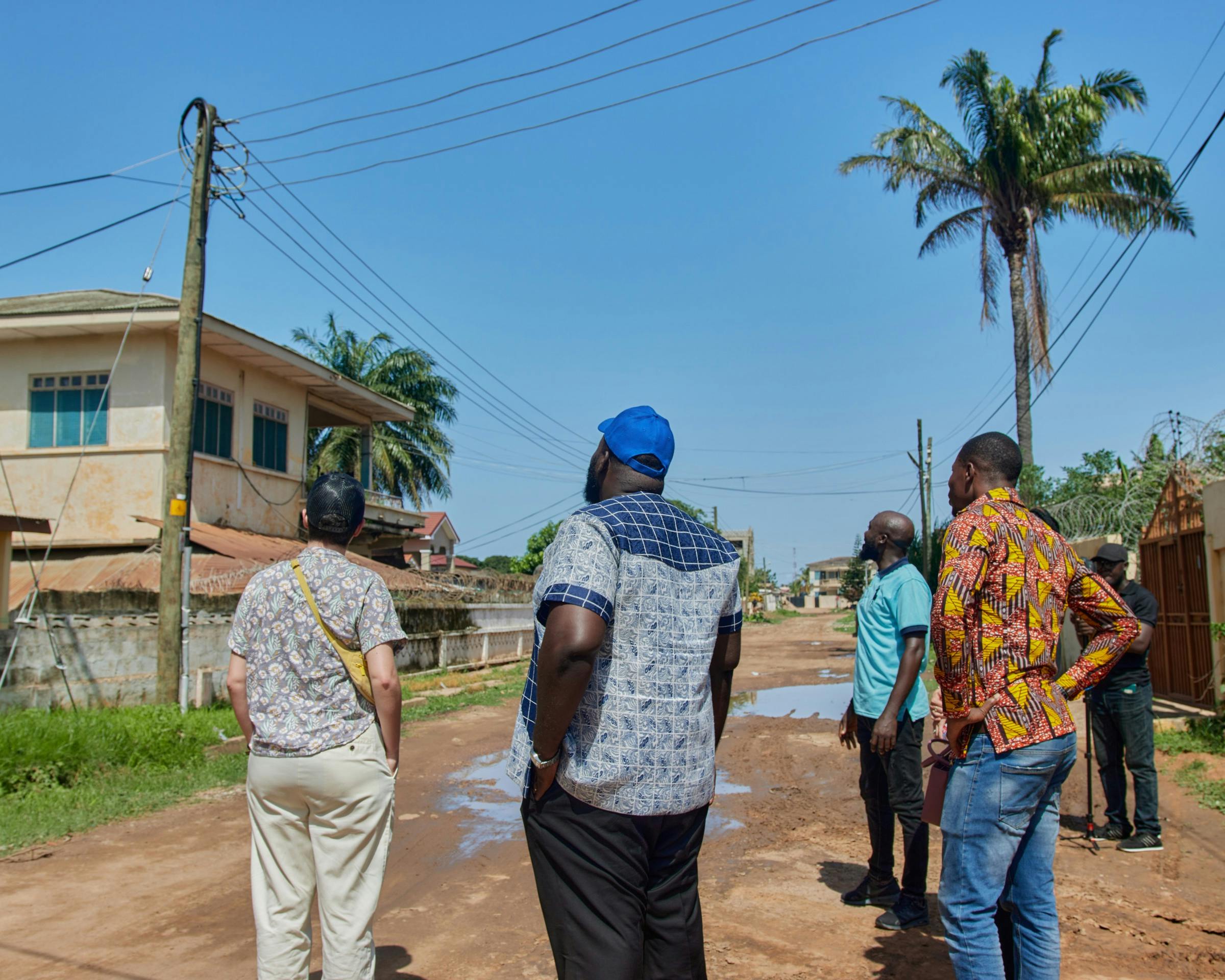
Working with the garage door open
Drawing from our academic roots, we try to publish everything we learn - from papers, to conferences, to blog posts. We always love to get in touch with others pushing towards similar goals.


Characterizing Healthcare Power Quality: Exploratory Findings from the MetaFridge Dataset


Could improving power quality boost economic growth in Sierra Leone?


Re-examining Healthcare Electrification Metrics: The Case for Disaggregated Metrics in Critical Care
Join our team
We’re a small and highly motivated team addressing the most pressing problems in energy infrastructure. If you care about our mission, please apply!
See openings→Get in touch
We’re open to new partnerships, or sharing more with people interested in our work.
